Those whose towns were ravaged in the 2021 flood disaster are still picking up the pieces. One year later, the region is experiencing one of its worst droughts on record as the risk of more flooding lingers. What can Germany’s new coalition government do?
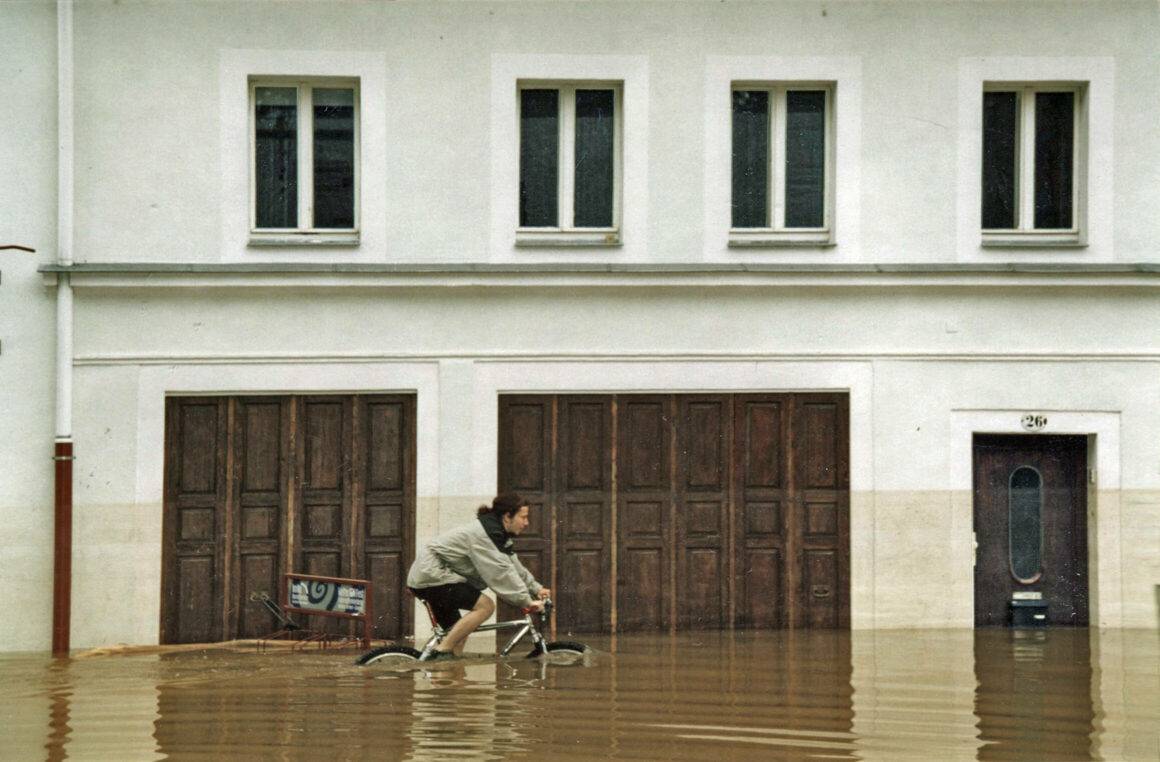
Germany’s New-Normal. Climate, Politics and the 2021 Flood Disaster.
Despite lack of rainwater after the 2021 flood disaster in the river Rhein region taking almost 200 lives, a sigh of relief is not in order. Scientists, including the German weather service (DWD), worry that the impacts of climate change will worsen and fuel more natural disasters in Germany – not only increasing floods, but also crippling droughts.
And while it may seem that a drought is the perfect remedy to a flood, its consequences set the ideal playing-field for more catastrophic erosion and damage with the next heavy rainfall.
For our New Narrative series, we address the new-normal Germany must accept regarding the impacts of climate change, and what role the freshly elected government plays in reducing the damage.
See our archive collection and article on the history of flood disasters in Germany.
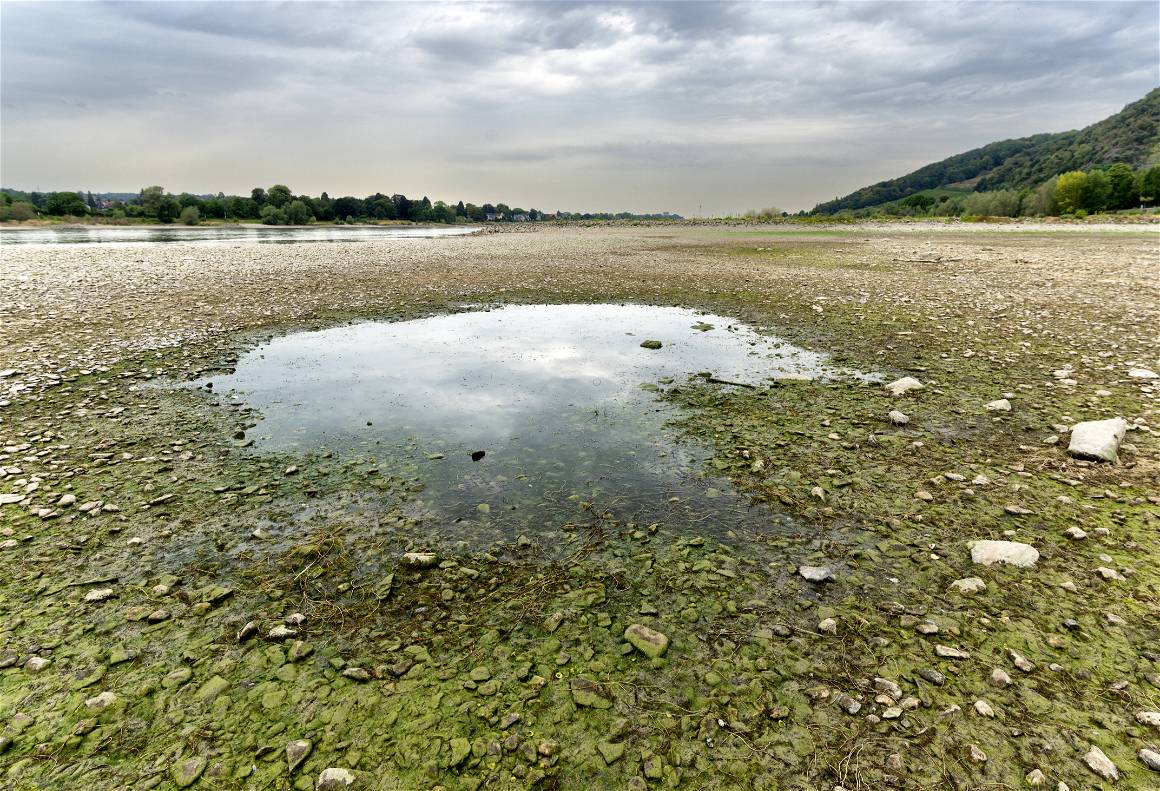
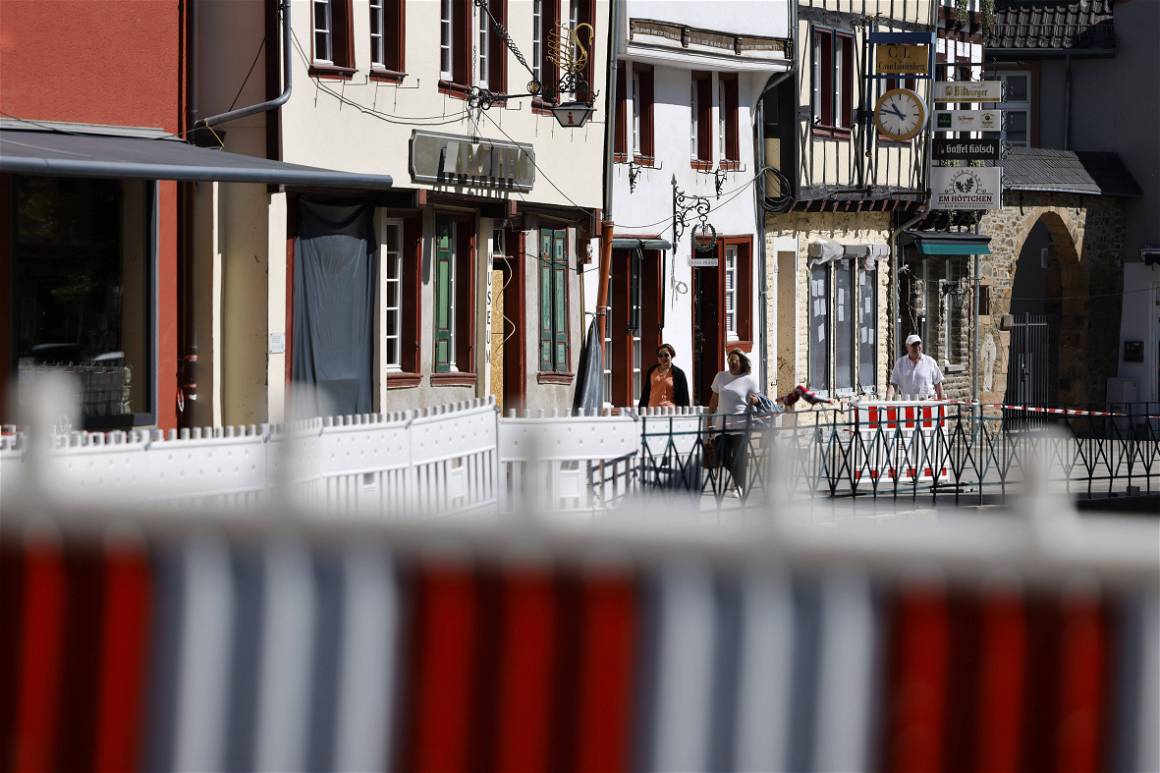
Especially with the notoriously rainy German-Autumn just around the corner, the current drought could be a ticking time-bomb. Why? As the soil along the riverbanks dries out through lack of rainwater, a sudden heavy downpour mixed with arid land, exacerbates the risk of erosion. Measures addressing climate are important, but it must also come with rebuilding infrastructure in a preventative way to reduce damage, and addressing the economic impacts the drought has presented in recent weeks.
It is in fact the latter which is taking the initial fall for the rapidly decreasing water levels in the Rhine, Elbe and Donau rivers. With cargo ships having to reduce capacity, in some cases carrying only one-third of the usual, in order to sail with such low water levels, the economy suffers first and foremost. The calm before the storm doesn’t look so calm after all, as prices of materials such as coal, food, grain and raw materials are spiking even more amidst the droughts.
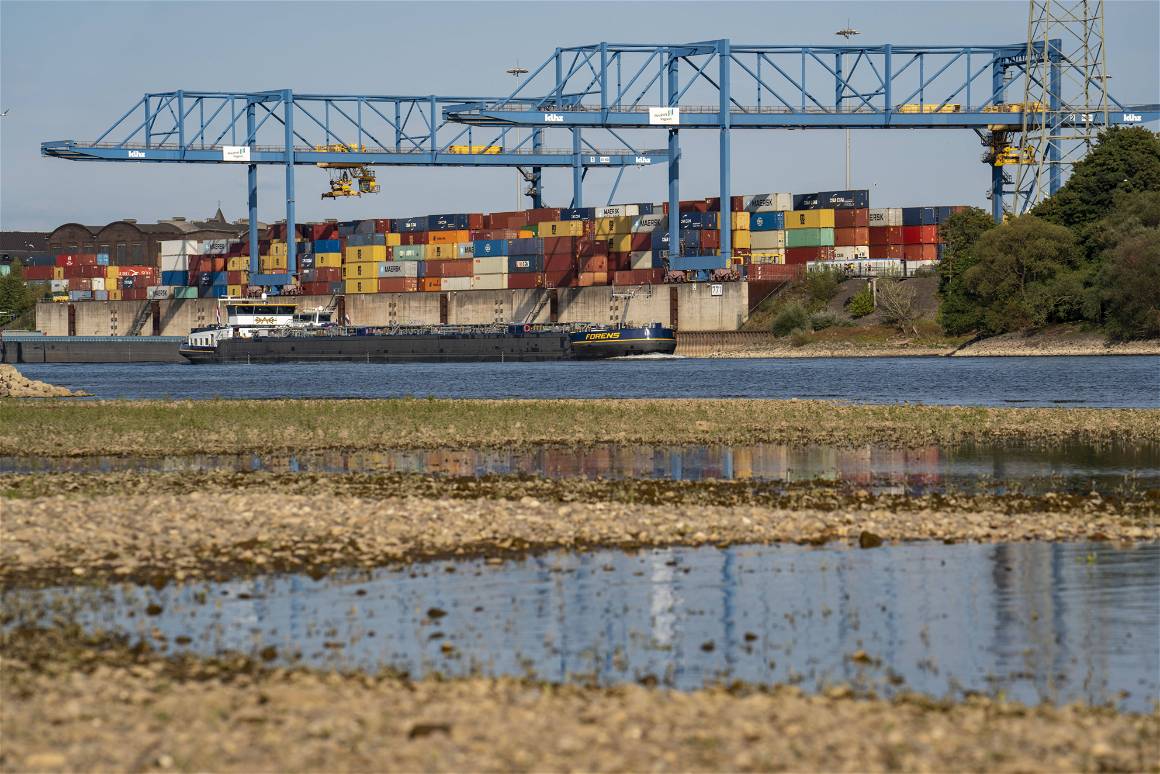

What has Germany learned since the 2021 flood disaster?
For one, Germany is grappling with the fact that it is not safe from the climate crisis. No longer are tropical- or desert-regions the only ones at risk of perpetual and extreme weather brought on by climate change. The 2021 flood disaster was not the first in Germany, as was seen in 2002 and 1962, but it held valuable lessons for the looming threats of global warming. Germany must now accept and prepare for this new-normal and its freshly-elected coalition government is forced to combine climate, infrastructure and economic policy to confront the dangers ahead.
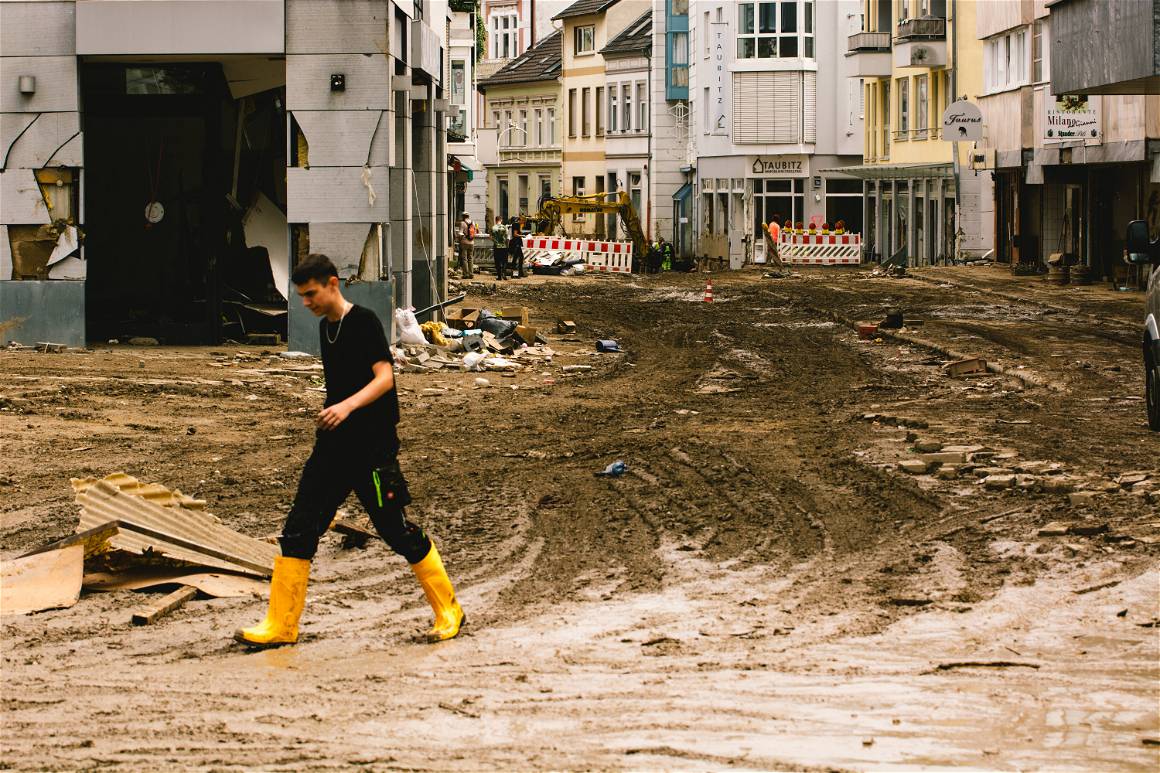
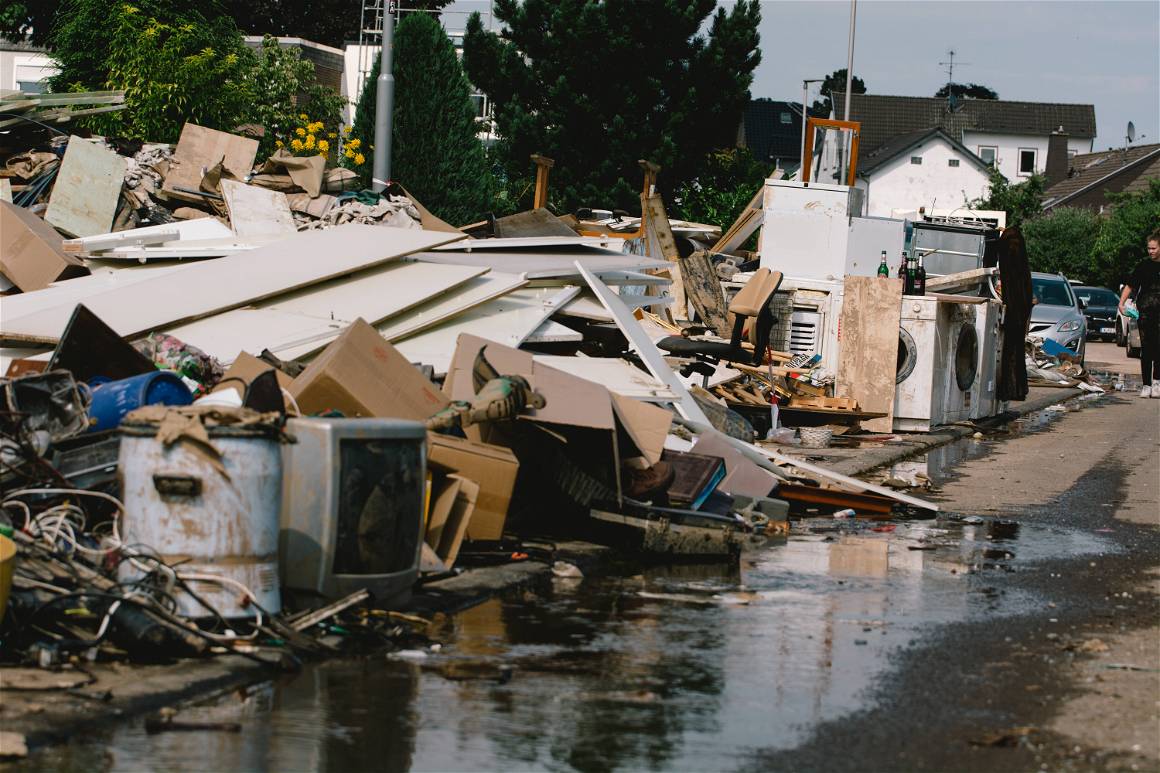
A major climate-goal for Germany being carbon-neutral by 2045 and reducing emissions by 65 percent from the 1990 levels, was announced in the wake of the 2021 flood disaster. The new coalition signed a 99-page immediate-action plan for 2022-30, as CO2 emissions have all but increased in the last year. The new plan includes investing in renewable energy and industry practices and making sustainable commodities more affordable. With Germany’s state-elections also around the corner, environmental organizations in affected regions such as the NABU (German Nature and Biodiversity Conservation Union) chapter in North-Rhine Westphalia are especially demanding increased climate action on the localized level. While Germany’s overarching climate goals are certainly not motivated by the 2021 flood disaster only, reducing carbon emissions through renewable energy and sustainable practices will in-effect reduce the frequency and danger of natural disasters worsened by climate change.
Regarding infrastructure, 30 billion euros were given to the affected regions last year who are still faced with rebuilding – but the approach to restoration must be centered towards preventing, protecting and adapting rather than simply reconstructing. This means building towns so that they can handle future floods and creating more space for rainfall along the riverbanks. Measures such as unsealing, afforestation, building dikes and walls or housing on stilts paired with improved humanitarian-aid, emergency evacuation protocols and warning systems, are necessary in the long-term. The new coalition has also just announced a third relief package of 65 billion euros to ease economic strains brought on by inflation, the war in Ukraine, and now the reduced trade capacities due to low water levels impacting cargo ships amidst the drought.
IMAGO’s photographers currently documenting the impacts of the drought as well as those who braved last year’s events, lend a perspective into a global issue making its way into Germany’s small riverside towns.
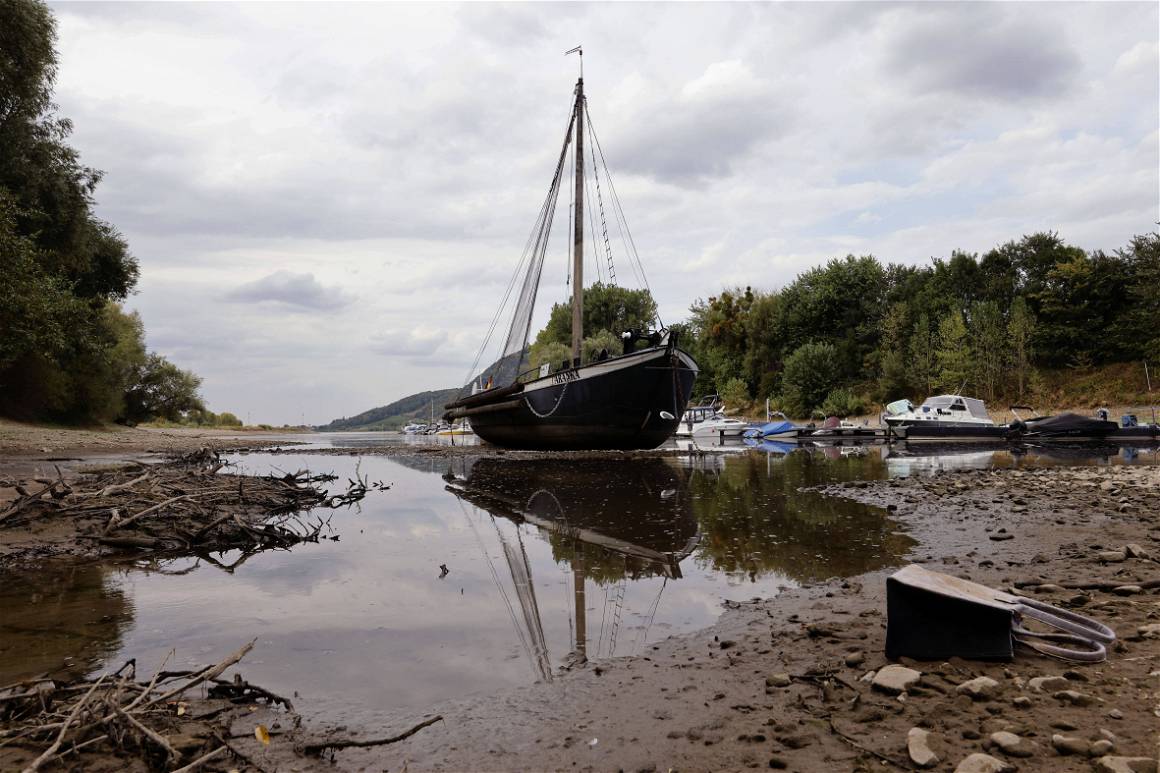
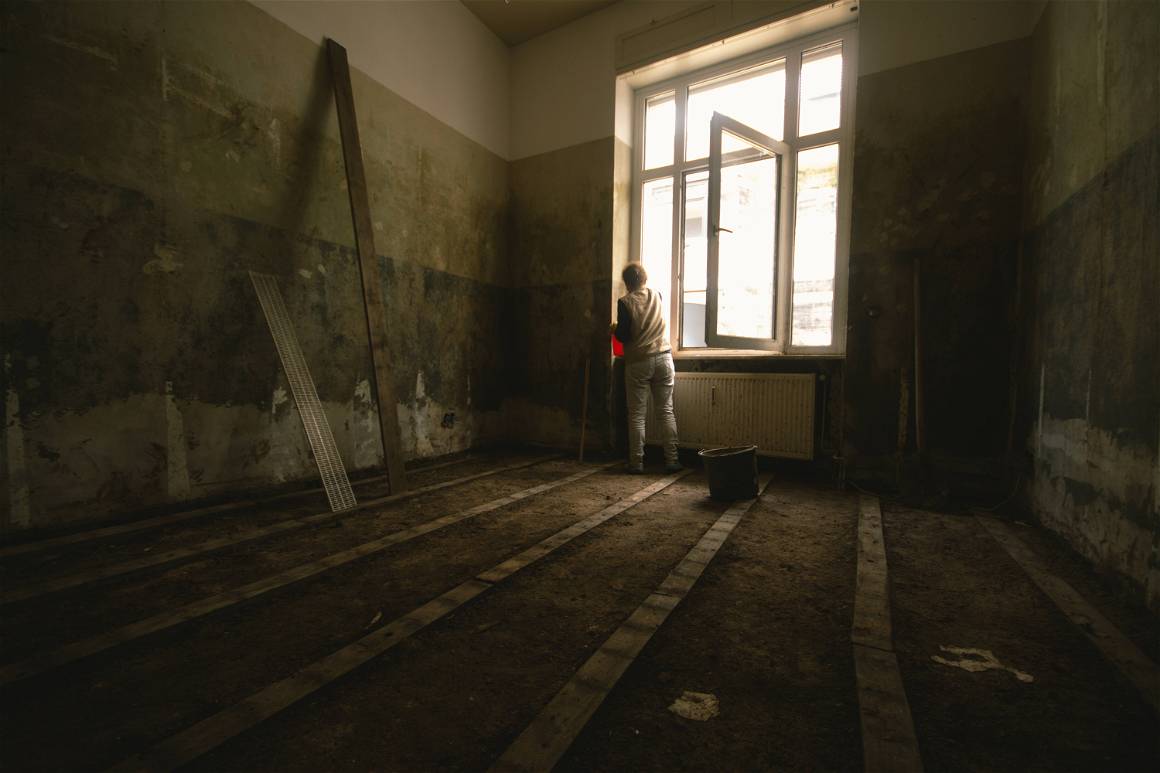

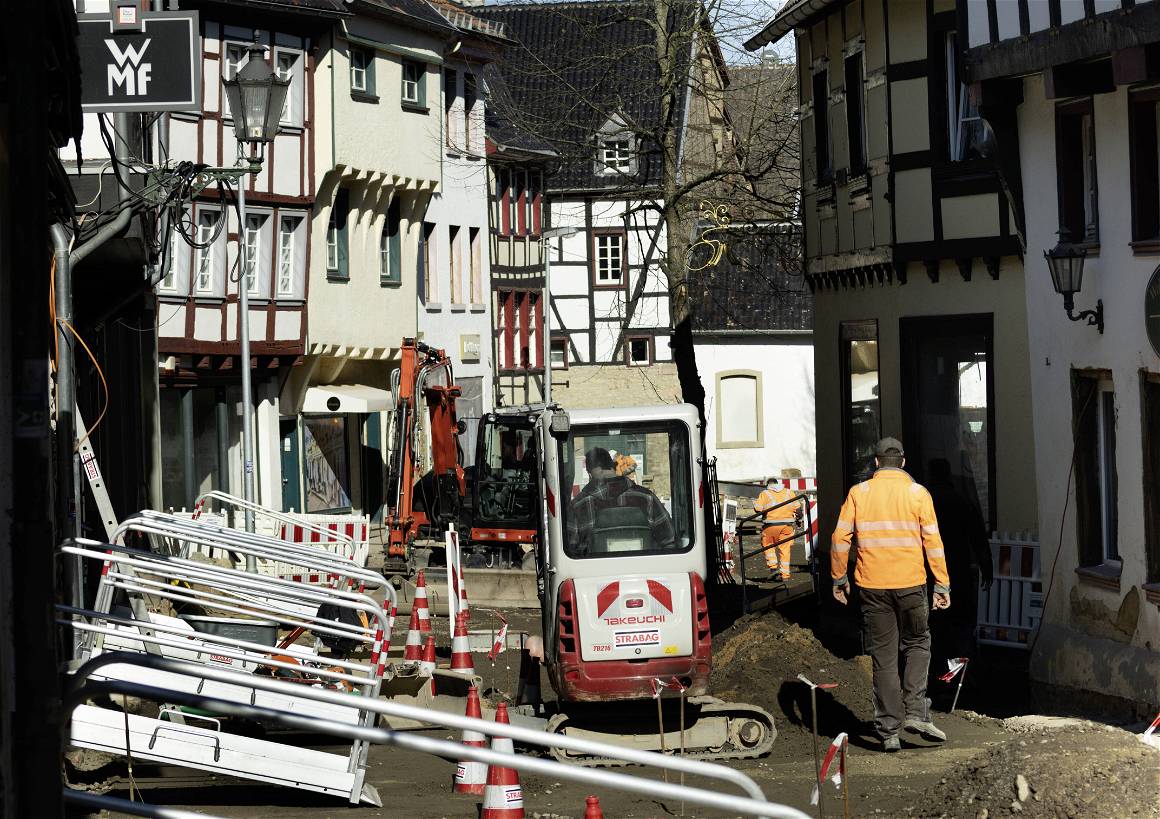



Other previous articles on climate include:
IMAGO Archive: COP3 Kyoto Protocol, 1997. , After the Scortch – An Interview with Dominika Zarzycka .


